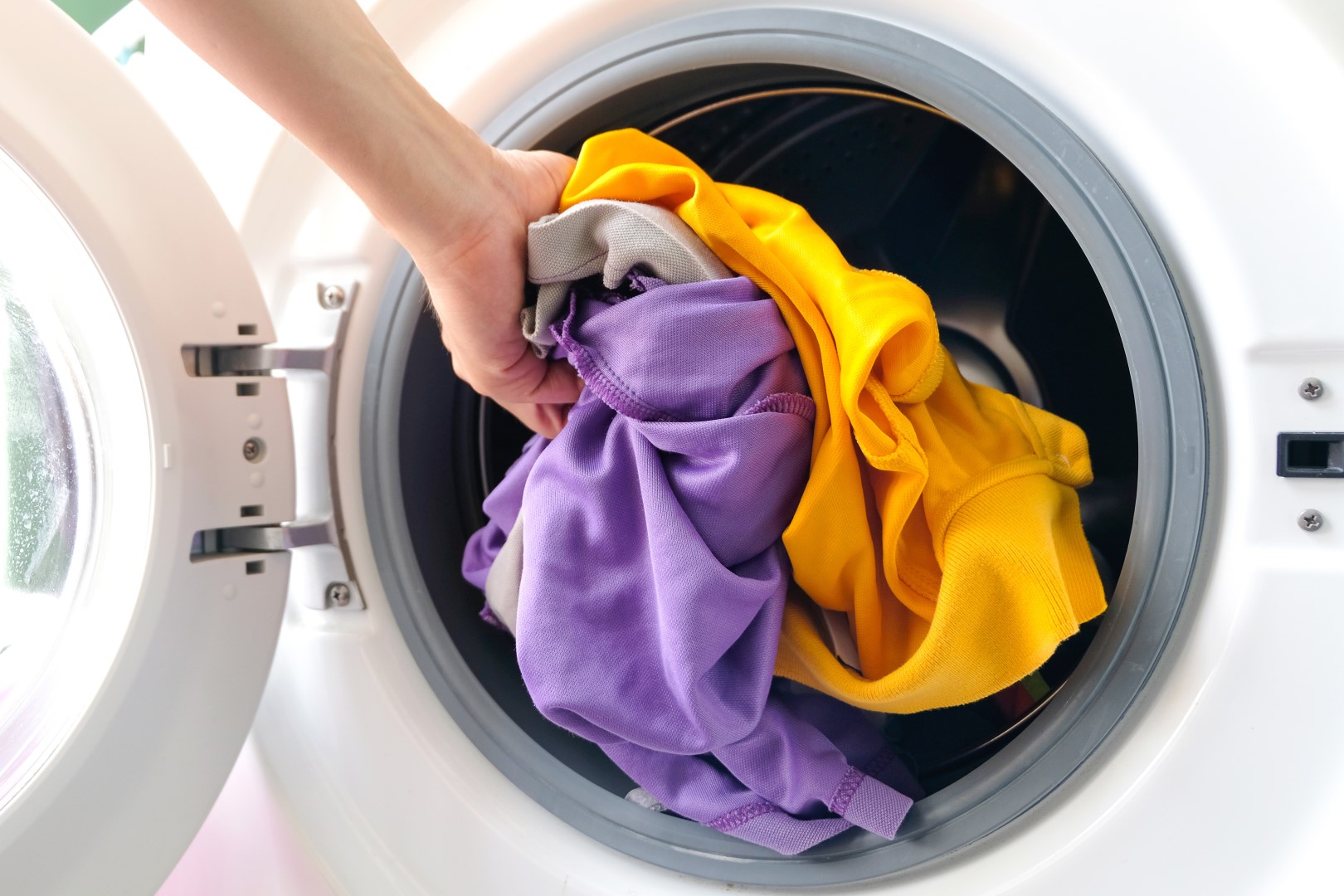Doing laundry might seem daunting at first, but it’s a crucial skill for anyone heading off to college or becoming more independent. This guide will walk you through the basics of sorting clothes, choosing the right temperature, cleaning the lint trap, and using laundry detergent properly. By the end, you’ll be ready to tackle your laundry like a pro!
Step 1: Sort Your Laundry
1. Separate by Color:
- Whites: T-shirts, socks, underwear, and any other white clothing items.
- Darks: Jeans, dark T-shirts, and other items in dark colors like black, navy, and dark green.
- Colors: Brightly colored clothes, including reds, yellows, and blues.
2. Separate by Fabric:
- Delicates: Items like lingerie, silk, and lace. These need gentle handling.
- Heavy Fabrics: Towels, jeans, and sweatshirts can be washed together since they require similar care.
- Regular Fabrics: Everyday clothes like cotton T-shirts and shorts.
Step 2: Choose the Right Temperature
1. Cold Water:
- Best for dark colors and delicate fabrics.
- Helps prevent shrinking and color bleeding.
2. Warm Water:
- Ideal for synthetic fabrics and moderately soiled clothing.
- Great for colored clothes that might shrink in hot water.
3. Hot Water:
- Best for whites and heavily soiled items like socks and underwear.
- Helps remove germs and heavy stains.
Step 3: Use Laundry Detergent Properly
1. Choose the Right Detergent:
- Liquid Detergent: Works well for most loads and dissolves easily.
- Powder Detergent: Effective for general washing and is often more economical.
- Pods: Convenient and pre-measured, making them easy to use.
2. Measure the Detergent:
- Follow the instructions on the detergent package.
- Generally, use more detergent for larger or heavily soiled loads.
- Using too much detergent can leave residue on clothes, so measure carefully.
Step 4: Load the Washer
1. Do not overload the washer:
- Clothes need space to move around to get clean.
- Overloading can cause poor cleaning and wear out your clothes faster.
2. Add Detergent:
- For liquid or powder detergent, add it to the designated dispenser or directly into the drum before adding clothes.
- For pods, place them at the back or bottom of the drum.
Step 5: Set the Cycle and Start the Washer
1. Select the Appropriate Cycle:
- Normal/Regular: For everyday clothes.
- Delicates/Gentle: For delicate items that need a softer touch.
- Heavy Duty: For bulky or heavily soiled items like towels and jeans.
2. Start the Washer:
- Double-check that you’ve selected the right settings and added detergent.
- Press start and let the washer do its job.
Step 6: Transfer to the Dryer
1. Check for Items that Shouldn’t be Dried:
- Delicate fabrics, wool, and anything with elastic or spandex can be damaged by the dryer’s heat.
- Lay these items flat to dry or hang them up.
2. Clean the Lint Trap:
- Before every load, remove lint from the dryer’s lint trap. This prevents fires and helps the dryer work efficiently.
3. Choose the Right Dryer Settings:
- Low Heat: For delicate or lightweight items.
- Medium Heat: For most clothing.
- High Heat: For towels and heavy fabrics.
4. Start the Dryer:
- Load clothes evenly and don’t overload the dryer.
- Select the appropriate heat setting and time, then start the dryer.
Step 7: Fold and Store Your Clothes
1. Remove Clothes Promptly:
- Take clothes out as soon as the dryer is done to avoid wrinkles.
2. Fold or Hang:
- Fold clothes neatly or hang them up to keep them wrinkle-free and ready to wear.
Additional Tips:
- Stains: Treat stains as soon as possible with a stain remover or by soaking the item before washing.
- Delicates Bag: Use a mesh laundry bag for small or delicate items to prevent them from getting lost or damaged.
- Read Labels: Always check clothing labels for specific washing instructions to avoid damage.
Learning to do laundry might take a bit of practice, but by following these steps, you’ll be well on your way to mastering this essential skill. Happy washing!

